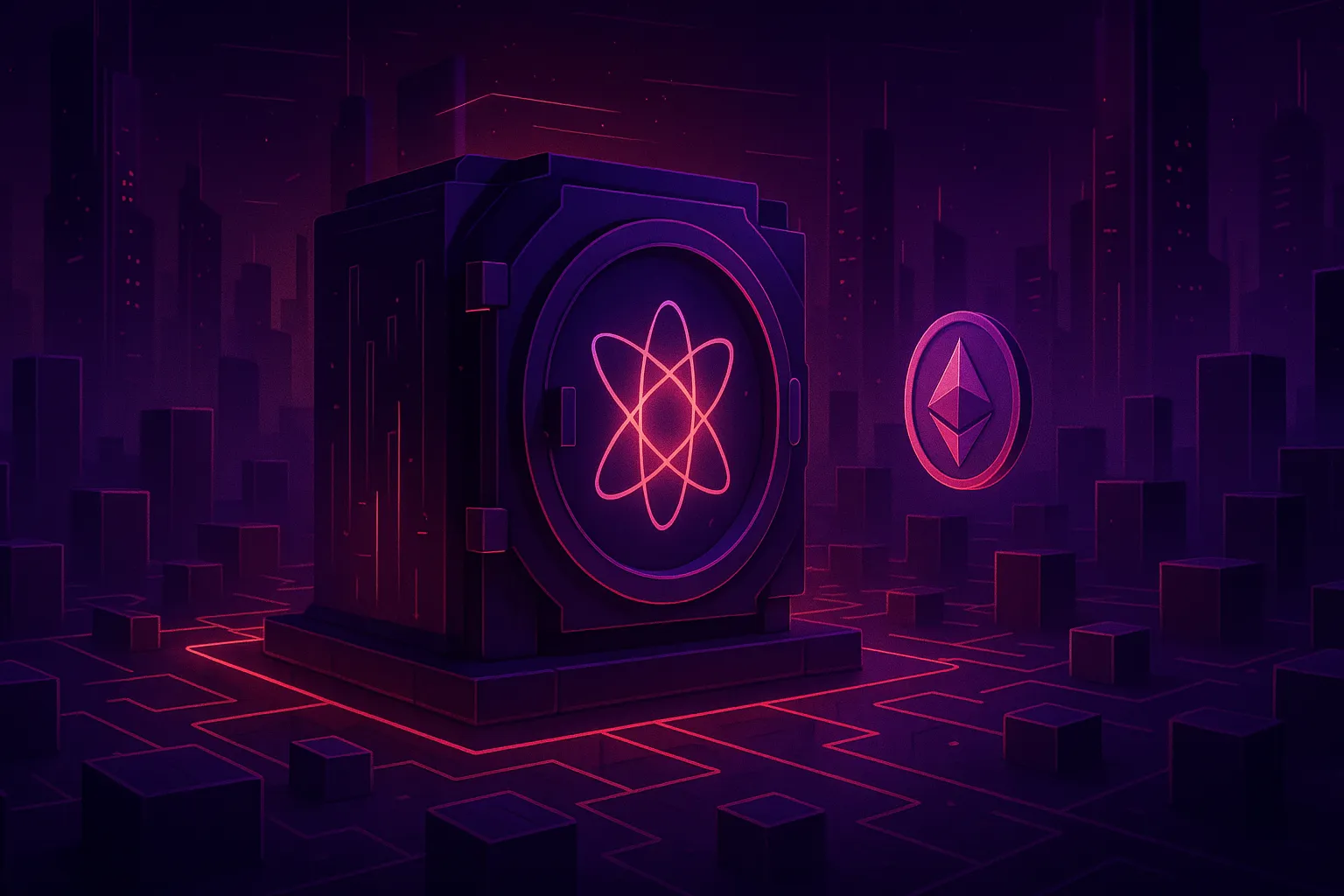A groundbreaking development in decentralized finance (DeFi) has emerged with the launch of a lending vault that accepts tokenized physical uranium as collateral. This innovative move, initiated by London-based Uranium.io on the DeFi aggregator Oku, is being hailed as the first instance of a strategic physical commodity being integrated into the DeFi loan infrastructure. According to the conclusions drawn in the analytical report, this could pave the way for further integration of traditional assets into the blockchain ecosystem.
Introduction of New Lending Feature
The new lending feature allows holders of xU3O8, the first token representing beneficial ownership of physical uranium, to secure loans in USDC without the need to sell their underlying asset. The uranium backing xU3O8 is stored in facilities managed by Cameco, a leading uranium producer, with custody and trading support provided by Curzon Uranium and Archax, the UK's first registered crypto service provider.
Significance of the Integration
Ben Elvidge, Product Lead at Uranium.io, emphasized the significance of this integration, stating that it brings DeFi lending capabilities to a commodity that has traditionally been confined to opaque over-the-counter markets with limited liquidity. By utilizing uranium as collateral, DeFi protocols are expanding their reach beyond financial instruments to include commodities that are vital for global energy security.
Market Dynamics and Potential
This development comes at a time when the uranium market is experiencing a widening supply-demand gap, with global production of approximately 155 million pounds falling short of the demand, which is nearing 197 million pounds. Institutional research indicates that:
- 97 percent of professional investors would consider uranium exposure if access were simplified
This suggests a potential for tokenized models to gain traction.
Operational Challenges Ahead
However, the integration also raises operational challenges that will need to be addressed as the vault begins to attract deposits. The liquidation mechanisms for physical commodity collateral differ significantly from those for digital assets, particularly given the need for physical custody and specialized market access. The success of this model will depend on whether DeFi infrastructure can effectively manage the complexities of custody, insurance, and regulatory requirements for various commodities, potentially reshaping traditional commodity market structures and providing retail investors with unprecedented access to physical commodity exposure.
In a related development, Mutuum Finance has recently introduced new security features to enhance its platform ahead of the V1 protocol launch. These measures, including a Stable Interest Rate Model and mandatory overcollateralization, aim to bolster user confidence and protect liquidity providers. For more details, see read more.








